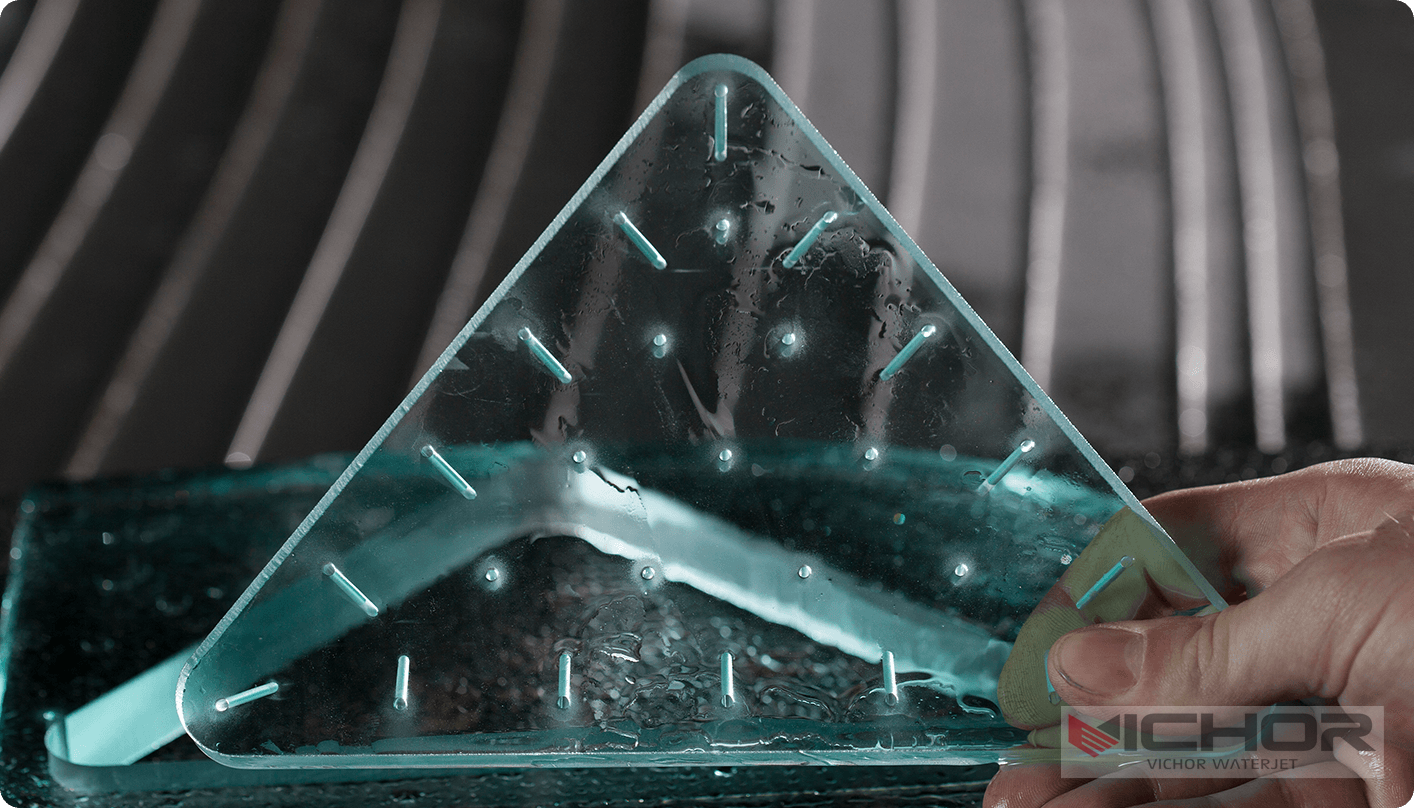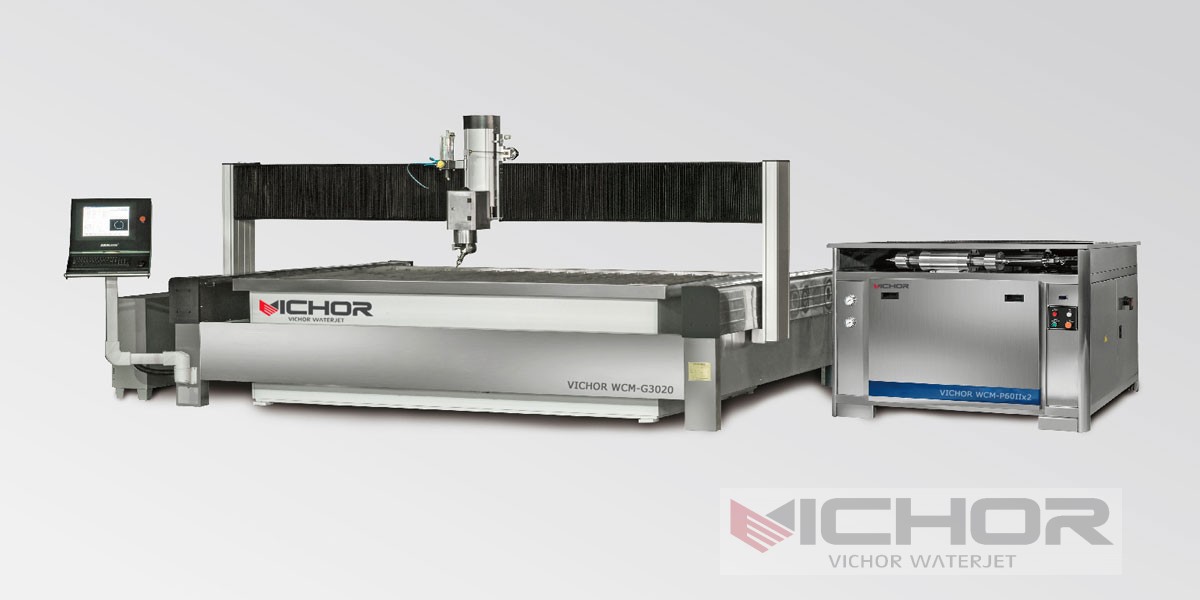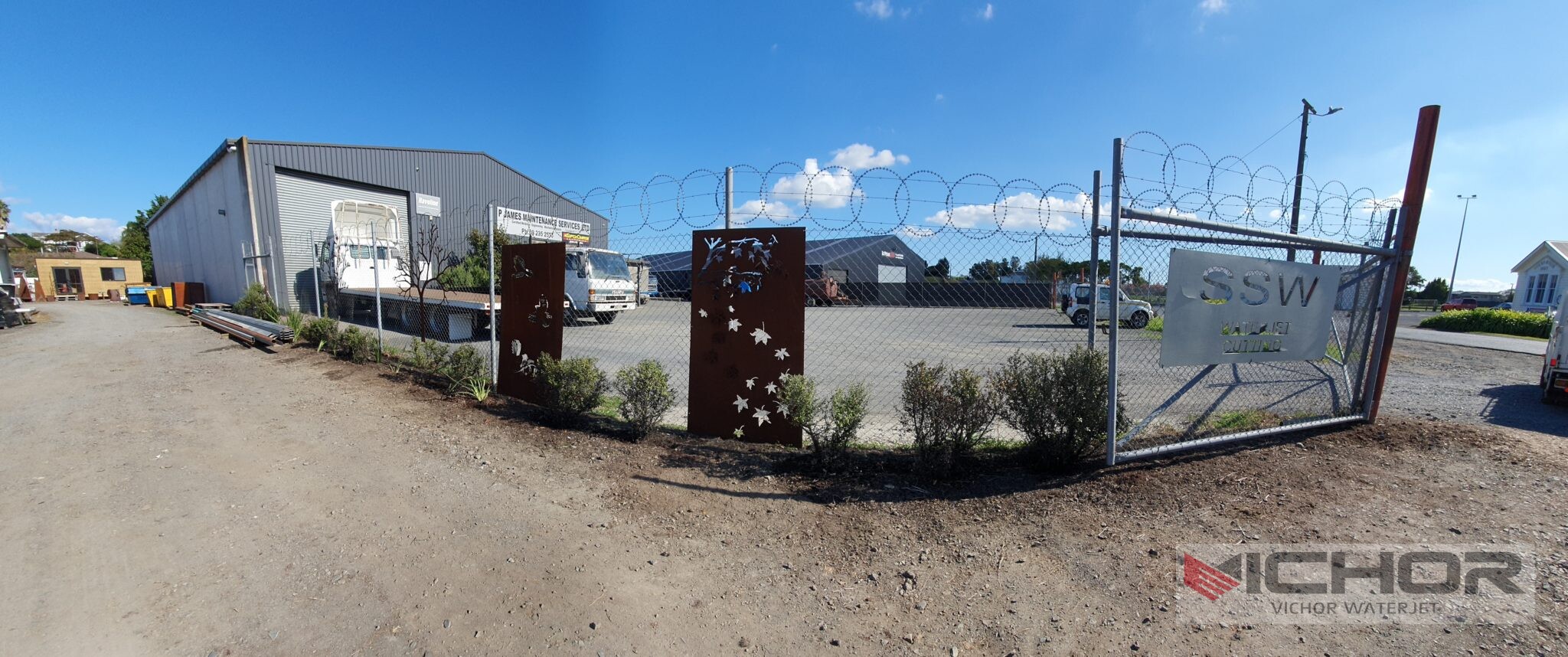
Water Jet Milling: How This Cool, Precise Technology Shapes Modern Manufacturing
In the world of manufacturing and fabrication, where heat and force often dominate, there exists a technology that harnesses the sheer power of water to cut and mill with astonishing precision. This process, known as Water Jet Milling, is a versatile and powerful method that is revolutionizing how industries work with a vast array of materials. Unlike traditional thermal cutting methods that can compromise material integrity, water jet milling offers a cold-cutting alternative that guarantees accuracy and preserves the material’s inherent properties. But what exactly is it, how does it work, and where is it best applied? This article dives deep into the mechanics, benefits, and practical considerations of this innovative technology.
What Exactly is Water Jet Milling?
At its core, Water Jet Milling is an abrasive machining process. While often grouped with abrasive waterjet cutting, milling specifically refers to the detailed removal of material to create complex features like pockets, channels, and three-dimensional contours, rather than simply cutting through a part. It utilizes a incredibly high-pressure stream of water, often mixed with fine abrasive granules (like garnet), to erode material in a controlled, precise manner.
Think of it as a super-powered, ultra-precise pressure washer. A standard pump intensifies water to pressures exceeding 60,000 PSI (often up to 90,000 PSI). This pressurized water is then focused through a small orifice, typically made of sapphire or diamond, creating a supersonic jet. For milling harder materials, an abrasive is introduced into this stream within a mixing chamber, creating an abrasive waterjet that acts like a controlled laser of erosion, milling away material particle by particle.
The Core Advantages of Using a Water Jet Mill
The growing adoption of Water Jet Milling is driven by a unique set of advantages that are difficult to match with other technologies.
1. Zero Heat-Affected Zone (HAZ): This is arguably its most significant benefit. Processes like laser, plasma, or EDM generate intense heat, which can alter the material’s microstructure, create hardening, warping, or unwanted thermal stress. Since Water Jet Milling is a cold-cutting process, it leaves the material in its original state, making it ideal for heat-sensitive materials like tempered glass, certain composites, and exotic metals.
2. Omni-Compatibility: It is truly a one-stop-shop for multi-material projects. A single Water Jet Milling machine can process metals (titanium, aluminum, steel), stone, glass, ceramics, rubber, plastics, and food products. There’s no need to change tools or setups when switching between completely different materials on the same job.
3. Environmental Friendliness: The process produces no hazardous fumes, vapors, or gases. The primary waste is a slurry of water and spent abrasive, which is generally non-toxic and can be managed effectively. It doesn’t involve chemicals that could harm the environment, aligning with greener manufacturing initiatives.
4. Minimal Mechanical Stress: Unlike traditional milling with rigid cutters that can exert significant force and cause vibration or chatter, the water jet stream applies very little tangential force. This prevents deformation and allows for the machining of delicate, thin, or pre-weakened materials without risk of breaking or bending.
5. High Precision and Flexibility: Modern CNC-controlled Water Jet Milling systems can achieve remarkable tolerances and produce incredibly intricate designs. The jet stream is not subject to tool wear in the conventional sense (though orifices and mixing tubes do wear), ensuring consistent performance from the start to the finish of a long operation.
Key Industries Transformed by Water Jet Technology
The unique capabilities of Water Jet Milling have made it indispensable across a diverse range of sectors.
Aerospace & Defense: Used for machining intricate components from high-strength, heat-resistant alloys like Inconel and titanium, where preserving material integrity is non-negotiable.
Automotive: Ideal for prototyping, creating custom gaskets, interior panels, and composite parts without delamination or heat damage.
Architecture & Art: Allows artists and architects to create detailed sculptures, intricate stone inlays, and complex metal artworks that would be otherwise impossible or prohibitively expensive.
Electronics: Precisely mills circuit boards and fragile components without generating static electricity or thermal stress.
Medical Device Manufacturing: The go-to method for machining biocompatible implants, surgical tools, and other critical components from sensitive materials, ensuring absolute cleanliness and no contamination from heat or tooling oils.
Addressing Common Questions and Challenges with Water Jet Milling
Despite its many strengths, understanding its limitations and operational nuances is key to successful implementation.
How Accurate and Precise is Water Jet Milling?
Modern systems are highly accurate. Positioning accuracy can be within thousandths of an inch. However, precision is influenced by several factors. The main challenge is “taper,” where the jet cut is slightly wider at the bottom than the top. This is mitigated through advanced head tilt (compensation) algorithms and slower cutting speeds for finish passes. For most milling applications, achieving tolerances within ±0.005 inches is standard, with even tighter tolerances possible.
What About the Cutting Speed?
This is a common trade-off. **Water Jet Milling** is generally slower than traditional milling or laser cutting for thin materials. Its speed is highly dependent on the material type and thickness. Cutting through 1-inch titanium will be significantly slower than cutting through 1-inch foam. However, when you factor in the lack of secondary finishing (deburring, stress-relieving) and the ability to cut any material, the overall production time for a part can often be competitive or faster.
Is the Operation Loud and Messy?
The process is undoubtedly loud, often requiring operators to use hearing protection and the machine to be housed in an enclosure. It can also be messy due to the spray-back of water and abrasive. However, modern machines are designed with fully enclosed cabinets that contain the noise, water, and slurry, making them much cleaner and safer to operate.
How Do You Manage the Water and Abrasive Waste?
The used abrasive and water mixture collects in a tank below the cutting table. This slurry is then pumped to a settling tank or a closed-loop recycling system where the water is filtered and often reused, and the abrasive waste is separated for disposal. While there is waste to manage, it is a straightforward industrial process and is far less hazardous than dealing with metal chips contaminated with cutting oils or toxic coolants.
What is the Cost of Ownership?
The initial investment for a **Water Jet Milling** system can be higher than some traditional machines. Operational costs include electricity for the high-pressure pump, abrasive material, replacement parts for the consumables (orifices, mixing tubes), and water treatment. However, these costs are frequently offset by reduced tooling costs (no expensive drill bits or end mills), the ability to process multiple materials on one machine, and savings from reduced material waste and secondary processing.
The Future of Water Jet Milling
The technology continues to evolve. We are seeing the integration of 5-axis cutting heads, which allow the jet to approach the material from any angle, virtually eliminating taper and enabling true 3D contour milling. advancements in pump technology are making systems more energy-efficient. Furthermore, smarter software with predictive maintenance alerts and improved motion control is enhancing precision and reducing operational downtime, making Water Jet Milling an even more compelling choice for the factories of the future.
Water Jet Milling stands as a testament to innovation in manufacturing, offering a unique combination of versatility, precision, and material-friendly processing. Its ability to handle virtually any material without heat or mechanical stress solves some of the most persistent challenges in fabrication and design. While considerations like speed, noise, and waste management are important, the benefits often overwhelmingly justify its use. As the technology advances, becoming faster, smarter, and more integrated, its role as a cornerstone of modern, flexible manufacturing is only set to grow stronger. For any engineer, designer, or manufacturer looking to push the boundaries of what’s possible with materials, understanding and utilizing Water Jet Milling is no longer an option—it’s a necessity.
continue reading




